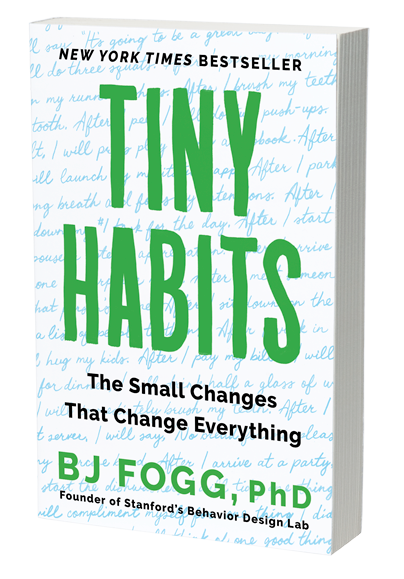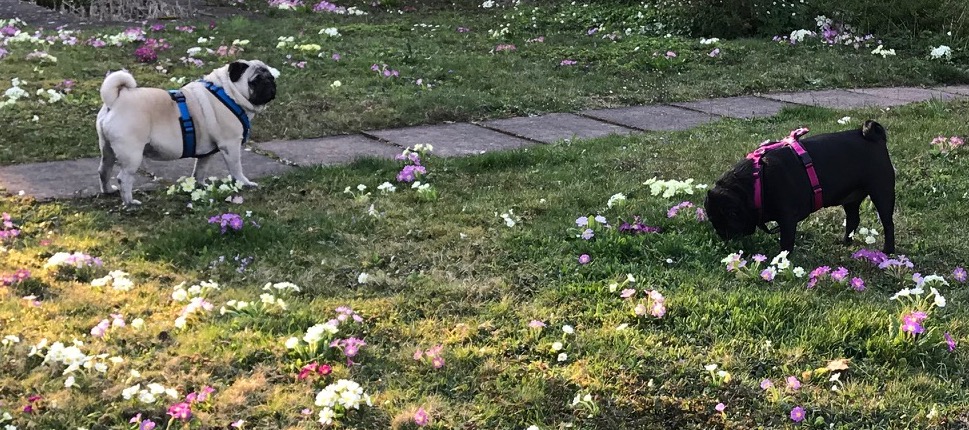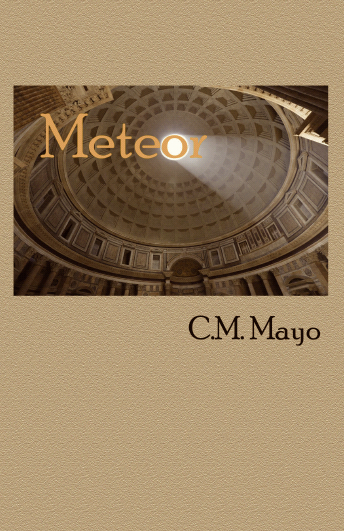BY C.M. MAYO — October 24, 2021
UPDATE: This blog was then entitled Madam Mayo (2006-2022).
This blog posts on Mondays. Fourth Mondays of the month I devote to a Q & A with a fellow writer. On occasion, as on this Monday, I look back over a compilation of responses to a specific question.
About a year ago I took a brief look back at how some of the most accomplished writers and poets (Katherine Dunn, Joanne Herschon, Barbara Crooker, Nancy Peacock, Bruce Berger, Sergio Troncoso, Eric Barnes, Joseph Hutshison, Mary Mackey, ) have been coping with the digital revolution. I’d say the responses were as unique as fingerprints. Time for an update.
C.M. MAYO: How has the Digital Revolution affected your writing? Specifically, has it become more challenging to stay focused with the siren calls of email, texting, blogs, online newspapers and magazines, social media, and such? If so, do you have some tips and tricks you might be able to share?
Down with social media!
LYNNE SHARON SCHWARTZ: “I avoid social media as much as possible—I think it is destroying critical thinking, as well as print journalism. A lot of it is simply garbage. I do like email, though I miss getting personal letters in the mail.”
—From Q & A with Lynne Sharon Schwartz About Crossing Borders, Madam Mayo blog, August 23, 2021
MATTHEW PENNOCK: “I am not particularly prolific. I do not write every day, and I’m often distracted by all the shows I can stream, and podcasts I can listen to. Social media has never really appealed to me, so I am okay there, but other than that, someone needs to give me some tips about how to get a little more done.”
—From Q & A with Poet Matthew Pennock on The Miracle Machine
Madam Mayo blog, November 23, 2020
ALVARO SANTANA-ACUÑA: “While I am writing, I minimize interruptions, including turning off my cellphone and notifications. I only turn it back on when I am having a break. In general, I try to use social media as little as possible. What I do is to log in, scroll down a few posts, and, if I have to post something, I do it and then log off. The truth is that, when we are on social media, we easily loose ownership of our time, which we put for free at the disposal of these companies. We become their workers. I prefer to use my time for other things.”
—From Q & A with Álvaro Santana-Acuña on Writing Ascent to Glory: How One Hundred Years of Solitude Was Written and Became a Global Classic, Madam Mayo blog, December 28, 2020
It depends…
CHRISTINA THOMPSON: “I think this depends on what stage one is at in the writing process. When you’re actually writing a book, all this stuff is a distraction and you have to be very careful not to waste too much time on it. But once your book is published, it becomes a lifeline to your readership, and the more you participate the better. So, I think it’s really a matter of making all these opportunities work for and not against you, and that takes a certain amount of discipline.”
—From Q & A with Christina Thompson on Sea People: The Puzzle of Polynesia, Madam Mayo blog, January 25, 2021
Balance
JAN CLEERE: “While digital sources have made a writer’s job more efficient when it comes to finding pertinent sources, it has also taken away that spontaneous delight of uncovering a long lost letter or hidden journal that has not yet been digitized. I try to focus on the business of writing separate from the hours I spend actually writing. Not always possible but I have found by trying to compartmentalize the creative from the business end of writing, I am more productive. The trick is to balance these activities so that by the end of the day, you feel you have put out all the fires as well as progressed with your writing.”
—From Q & A with Jan Cleere on Military Wives in Arizona Territory: A History of Women Who Shaped the Frontier, March 22, 2021
No problemo!
SOLVEIG EGGERZ: “Actually I love writing on the computer. I am not one to long for life in a cabin on a mountaintop where I write on a yellow pad free of technology. I don’t like to be surprised by “emergencies” days after they occur. I resolve the issue of disturbances by keeping my phone next to me, so I can glance at a message without shutting down my story. Maybe I am exaggerating my equanimity!”
—From Q & A with Solveig Eggerz on Sigga of Reykjavik, February 22, 2021
KARREN ALENIER: “I’m used to being interrupted. I grew up in house of six children. I was eldest. The point is when I am working, I am able to ignore the lure of online wonders like YouTube, blogs and newspapers. However, I like to work in silence and know that listening to radio, TV, or music is too distracting. Yes, my smart phone is an interrupter. Still I don’t turn that off because someone important to me might reach out and need me. Some of my friends get annoyed that I don’t read their Facebook pages except occasionally. The best way for me to get something done is to put it on my list of things to do. I take great pleasure in ticking off those items.”
—From Q & A with Karren Alenier on her New Book How We Hold On, the Word Works, Paul Bowles & More, Madam Mayo blog, September 27, 2021
DAVID O. STEWART: “For a lot of years, I was a trial and appellate lawyer with a dozen or more active cases at a time. I used to describe my work as a life of interruptions. Clients called. Colleagues dropped by (remember offices?). Opposing lawyers called. Dumb firm meetings. Interviewing job applicants. I was constantly dropping one subject to pick up another. I tried to be in my office by seven a.m. to get some uninterrupted time. So these days, working at home by myself, I actually get antsy if I don’t have a few interruptions. I’m used to working for a stretch, taking a few minutes off to do something stupid (see social media) or annoying (see call health insurer), and then getting back to work. It’s normal.”
—From Q & A with Biographer David O. Stewart on the Stunning Fact of George Washington, Madam Mayo blog, June 28, 2021
Go into another world…
SUSAN J. TWEIT: “When I am writing, I am in another world. I turn off notifications on my phone and computer, so that I’m not distracted by the bing of email coming in or the ding of texts or news alerts. My daily routine is pretty simple: I post a haiku and photo on social media every morning (Facebook, Twitter, and Instagram), and answer any comments on my posts. After half an hour on social media—I set a timer—I read the news online. When I’ve finished with the news—which is research time for me, as news stories, especially those about science, are raw material for my writing—I write until the well runs dry. And then, usually at two or three in the afternoon, I allow myself to go back to social media, answer other comments, check the news. Then I close my laptop and go outside into the real world and walk for a mile or two on the trails around my neighborhood to clear my head. Getting outside into the “near-wild” of the greenbelt trails in my high-desert neighborhood keeps me sane in turbulent times, and refills my creative well. Nature is my medicine, inspiration, and my solace.”
—From Q & A with Susan J. Tweit on Her Memoir, Bless the Birds: Living with Love in a Time of Dying, April 26, 2021
KATHLEEN ALCALA: “All of this is terrible. I am so easily distracted. I will start laundry, open a file, take notes by hand, and forget what I had planned to do that day. For me, the best strategy is still the writing residency, away from home, where I don’t have any excuses and fewer distractions. This is especially needed when I am trying to organize large blocks of writing, such as the chapters in a novel.”
—From Q & A with Kathleen Alcalá on Spirits of the Ordinary, Madam Mayo blog, May 24, 2021
*
My Own Logbook and Stopwatch
for Work on Madam Mayo Blog

The ever-increasing and OMG-so-many siren calls to the Internet—as a writer, it’s something I’ve been struggling with and pondering on for the past many years. I’ve had some continuing frustrations, but also some successes, and I’ve blogged about the latter (see my writing workshop archive). Tips & Tricks for Coping with Digital Distractions, that’s a book I’m not going to write because I’m already writing another book, with two others contemplated after that, in addition to hosting this blog. Enough already!
But I will offer a word on my strategy for fitting Madam Mayo blog into my week. This blog has been ongoing since 2006, and since 2019, on a regular schedule of posting on Mondays. Although for years I resisted establishing a regular schedule, to my surprise, it has made the blog far easier to manage.
One of the biggest challenges to the sort of blogging I do is that because there’s no editor, no paying subscribers, it’s easy to have the whole show just ooze on out into who-knows-what-who-knows-when.
If you enjoy writing, watch out, blogging can take over your writing life!
Blogging then, for me, is what behavior modification expert B.J. Fogg, in his book Tiny Habits, terms a “downhill habit,” that is, a habit “that is easy to maintain but difficult to stop.” (Of course, on the other hand, for many people, blogging is, as per B.J. Fogg, an “uphill habit,” that is, one that requires ongoing attention to maintain but is easy to stop.)

Starting in January of 2021, I have been attending to the tiny habit of logging the time I spend on Madam Mayo blog, aiming for about two hours per week, never more than an hour a day, and also aiming for putting my attention on it (including dispatching any related emails) only on Sundays, Mondays, and Wednesdays. When I sit down to work on Madam Mayo blog, I open a digital stopwatch app. When I’m done, I note the date and time spent in the logbook. Was it as scheduled, and within the time limit? If so, I give the entry a check mark and do the B.J. Fogg prescribed “celebration.” Yes, it’s kind of nerdy, but I have been finding this system, or rather, set of tiny habits, balancing, energizing, efficient and, hey, just fun.
I welcome your courteous comments which, should you feel so moved, you can email to me here.

A Visit to El Paso’s “The Equestrian”
Fearless Fabian /
Plus From the Archives:
“The Vivid Dreamer” Writing Workshop
from the Guadalupe Mountains National Park
This Writer’s PFWP and NTDN Lists:
Two Tools for Resilience and Focus








